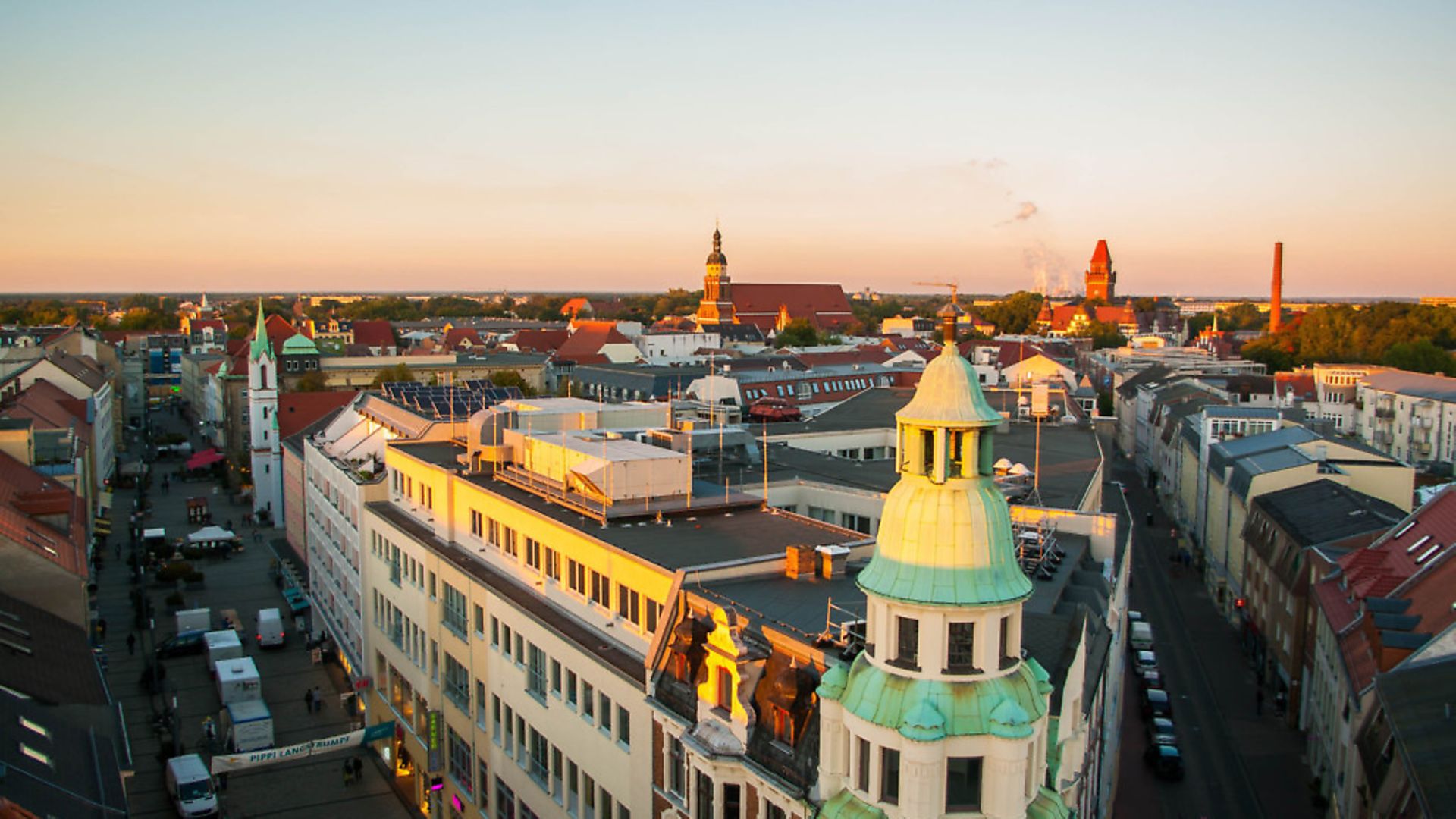
Germany’s complex history has left it with some fascinating features, not least its pockets of Slavic speakers. PETER TRUDGILL reports.
The boundary in northern Europe between the areas where Germanic languages are spoken and those which are occupied by Slavic-language speakers has been shifting backwards and forwards on an east-west axis for at least a millennium and a half now. By the 500s AD, Slavic speakers were inhabiting the area which lies between the Rivers Oder and Elbe in what is now Germany.
At their point of furthest expansion, Slavic dialects crossed the Elbe and were spoken as far west as the Luneburg Heath in northern Germany, where place-names like Luchow and Wüstrow indicate a Slavic-speaking past. But then, by the late Middle Ages, Germanic dialects, at their furthest point of expansion, had reached as far east as what is now Lithuania. As the centuries passed, this to-ing and fro-ing of the boundary between the two language families covered a distance of at least 600 miles.
For the last 70 years, since national frontiers were redrawn in the aftermath of the Second World War, the Slavic-Germanic language boundary has been situated in between those two extreme points, at the Poland-Germany border, more than 150 miles to the east of the Luneburg Heath. But, as these tides of history have washed backwards and forwards across the northern part of our continent, some groups of speakers have unsurprisingly been left behind, stranded on the ‘wrong’ side of the border.
There are still many pockets of German speakers in Poland, Ukraine and Russia. And even today there are groups of Slavic speakers left in Germany. They speak Sorbian, a West Slavic language related to Polish, Czech and Slovak, which is spoken as a mother tongue by some tens of thousands of people in an area of eastern Germany, starting around 50 miles south of Berlin.
The language comes in two major variants. Lower Sorbian, which is closer to Polish, is spoken in Brandenburg, in the predominantly Lutheran area around the town of Cottbus (Chósebuz in Lower Sorbian, Chociebuz in Polish).
Upper Sorbian, which is closer to Czech, is spoken a little further to the south, in Saxony, in the area around the town of Bautzen (Upper Sorbian Budyšin, Czech Budyšín), where a majority of Sorbs are historically Catholics. The language is sometimes called Lusatian, after the area of Germany where it is spoken – Lausitz in German. ‘Wendish’ has also been used as a name for the language: the Slavic peoples living immediately to the east of the Germans were historically known as Wends.
As a minority Slavic people surrounded by Germans, the Sorbs have not always fared too well. Lusatia was subjected to ruthless Germanisation in the 12th century. In the 19th century, the Lower Sorbs were persecuted by the Prussians, who banned the use of this language in public spheres. And then under the Nazis, publications in both forms of Sorbian were banned, libraries were destroyed, and Sorbian-speaking intellectuals were arrested, some of them perishing in concentration camps.
Things started looking up for the language and its speakers under the German Democratic Republic (East Germany) from 1949-1990, when the cultural rights of the Sorbians became guaranteed in the constitution, something which continues in contemporary Germany. The language can now be used in schools, and currently one daily newspaper and some radio and television broadcasts are produced in Sorbian. There are theatrical productions in the language, and bilingual public signs are also in evidence.
The University of Leipzig has a Department of Sorbian which offers degrees in Sorbian language and culture, as well as providing teacher-training courses. Nevertheless, representatives of the Sorbian people remain far from satisfied with the support they are getting, and they look to the European Union for assistance. Lower Sorbian in particular is an endangered language, having many more older speakers than younger ones.
Sorbian speakers have resisted the influence of the German language for a thousand years, but it is not clear how much longer they will be able to hold out.










